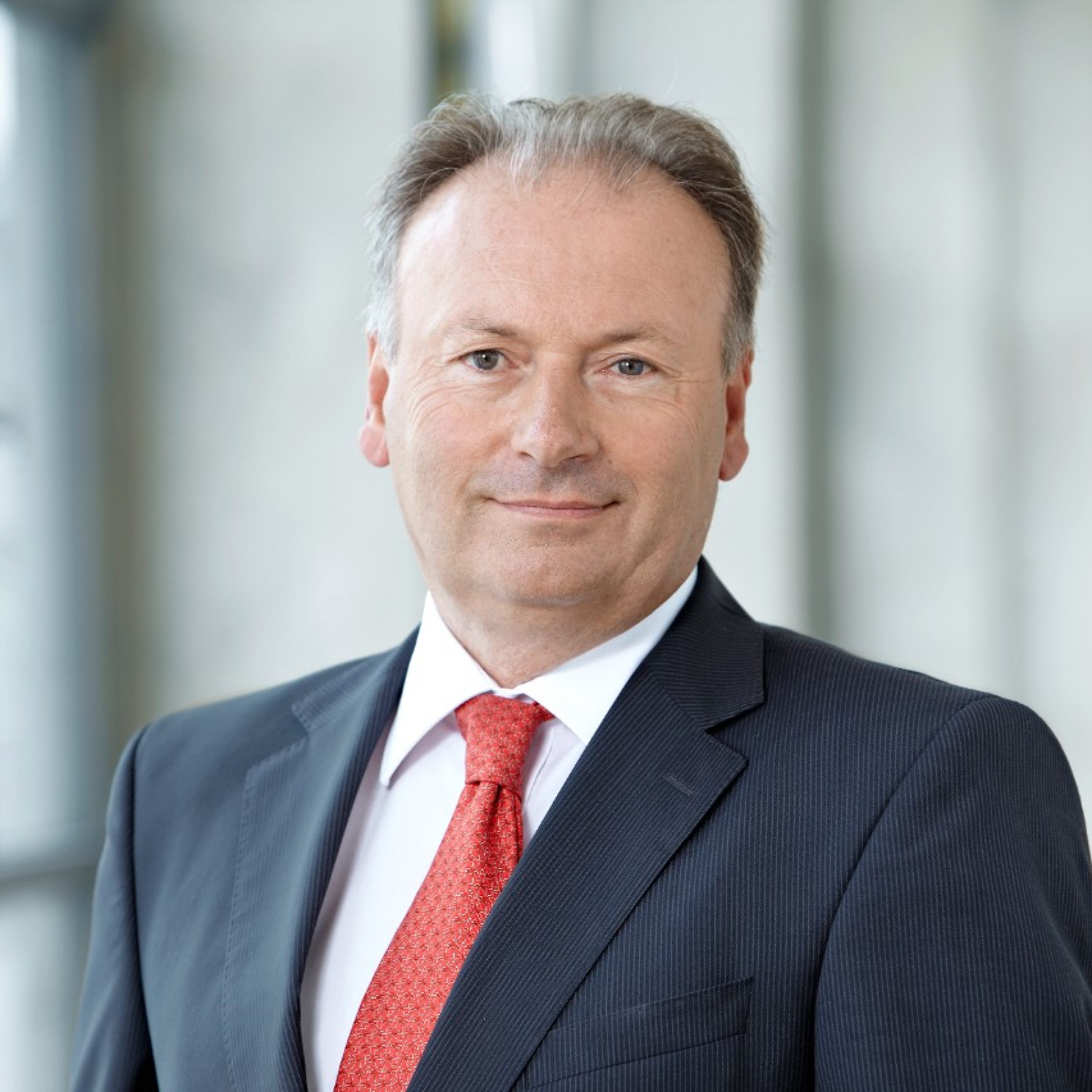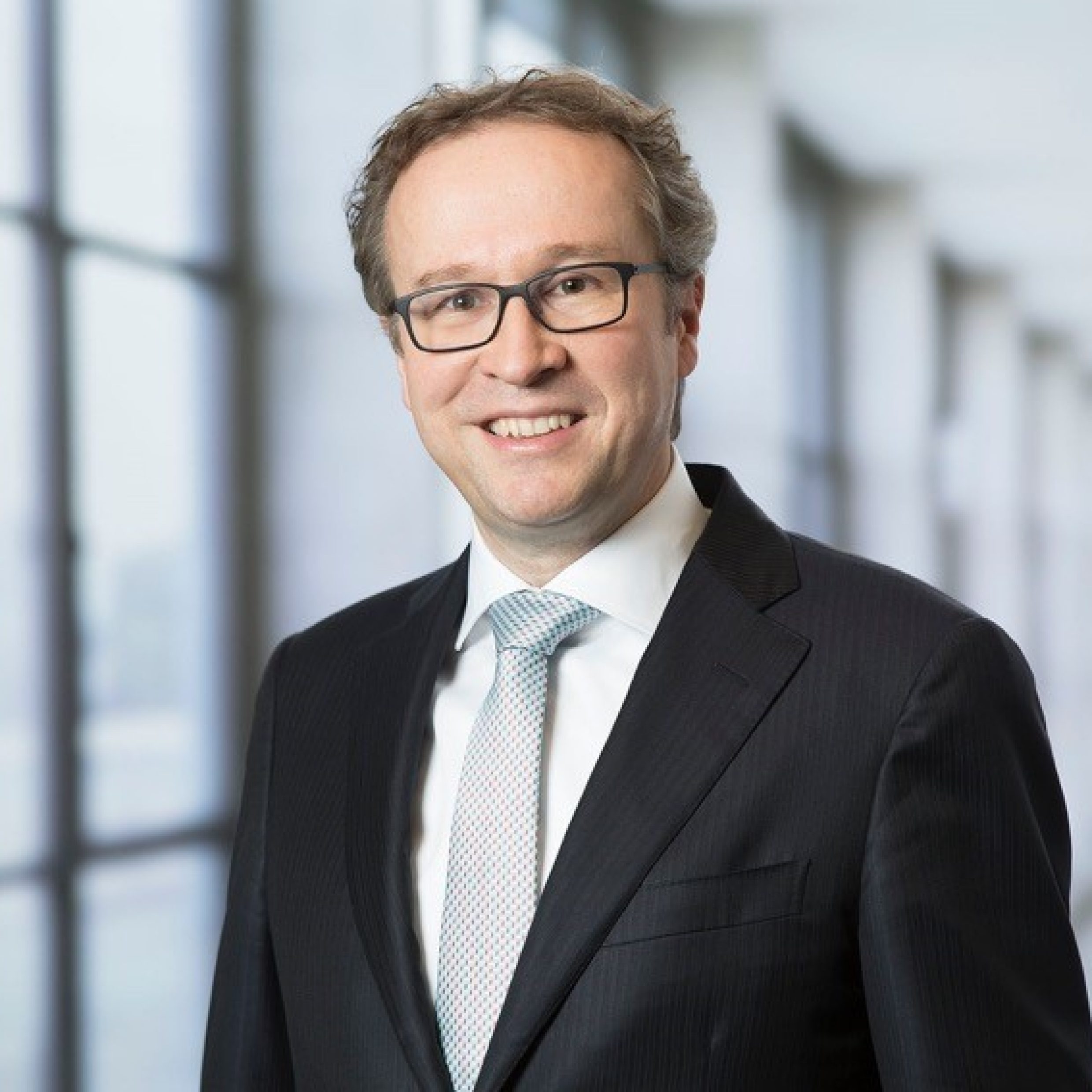The central banks’ low interest-rate policy continues to weigh on retirement provisions. This is making it ever harder for pension funds to meet their obligations – for a long time to come. And it’s the coming generations who will be presented with the bill.
Discussions of the future of retirement provisions typically focus on retirement age, contribution rates or pension amounts. The major implications of the central banks’ low interest-rate policy for private and occupational pensions, on the other hand, are not yet registering in the public consciousness. This is particularly easy to see in Switzerland, where the Federal Social Insurance Office has been keeping detailed statistics on the income components of occupational pensions for the past 30 years. The principal content of this article, however, is also relevant for other countries with fully funded systems, for any employee benefits institution that invests at least a portion of its customers’ contributions on the capital market, and of course for private savers.
The capital market’s shrinking pension contributions
Take for example occupational provisions in Switzerland, which are managed through pension funds and are typically funded in equal measure by employers and employees. In addition to these well-known contributors, there is also one that is less well known, the so-called “third contributor”: the income earned by invested assets.
It may come as a surprise to many, but in the past investment returns have made up as much as 40% of retirement capital. Four out of ten francs of every pension, in other words, were financed by the capital market. Since 1999 this share has been steadily shrinking, as figures published by the Federal Social Insurance Office show. In 2015, for example, the capital market contributed just 17% to income.
This is due chiefly to the fact that pension funds are obliged, by government restrictions on investment, among other things, to invest a considerable amount of pension fund assets in fixed-interest, long-term, low-risk bonds, which today make up some 40% of an average pension fund portfolio, estimates the Neue Zürcher Zeitung. This proportion was once 60%. In Germany, too, roughly a third of pension fund portfolios consist of bonds, says dpn,a German pension and investment trade journal.
If you want security, you have to pay for it
Given the central banks’ low interest-rate policy, however, bonds are scarcely producing any yields these days. What’s worse, it no longer pays at all to hold the most secure paper. The “return” on a ten-year Swiss Confederation bond, for example, was -0.15% last week. By way of comparison, in the 1990s this figure was 4.8% on average. So if a pension fund was earning CHF 48 000 for each million invested 20 years ago, it was paying CHF 1500 for it instead.
Today, in other words, you have to pay to save money. If you want security, you have to pay for it. “These days, investors have to understand that the cost of a guaranteed return is so high that it is undermining investment returns”, says Charles Relecom, CEO of Swiss Life France.
Thus the yield on a ten-year German federal bond is at the moment just under 0.5%, having been between 6 and 7% in the mid-1990s. The same is true of France, where bonds that today are yielding just over 0.8% paid between 7 and 8% in the mid-1990s.

Redistribution from young to old
The capital market is thus increasingly bidding farewell to its role as “third contributor”. It is becoming ever riskier and more expensive for pension funds and insurance companies to generate returns sufficient to cover their obligations, i.e. pension payments. Higher earnings are only available with increased risk. This increased investment risk, of course, is borne exclusively by the actively employed, since pensioners are guaranteed their retirement benefits.
And these guaranteed benefits are already exceeding income in Switzerland today. “(...) Excessively high conversion rates and technical interest rates lead (...) to redistribution among the generations”, according to a study recently published by Credit Suisse.
The bank estimates that some CHF 5.3 billion were redistributed from the actively insured to pensioners in 2015. With around four million actively insured people in Switzerland, that makes CHF 1300 per capita annually. So we are already living at the cost of future generations. A consequence of this, says Marc Brütsch, Chief Economist at Swiss Life, is that “we will have to be much more careful with promises of interest and pensions in future”.

Low interest rates will be with us for a great while
The third contributor is likely to remain absent for a very long time. “We are preparing to spend a good ten years with very low interest rates”, explains Marc Brütsch.
According to Brütsch, the widely held belief that the current low interest-rate environment is historically unprecedented is false. There have always been extended periods of low interest rates, he says, noting for example the yields on British government bonds from 1751 on. They provide one of the oldest time series for debenture loans and are also significant for the development in continental Europe.
Another reason not to bank on a change in trend any time soon is the fact that, as long as government debt remains elevated in industrialised countries, governments will be wanting to keep interest rates low, since that means in turn cheap new loans and facilitated financing of existing debt.



